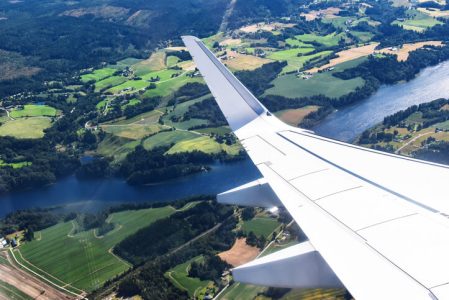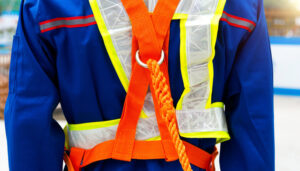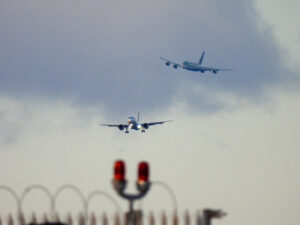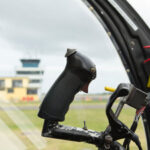The Benefits of Winglets
As experienced pilots, we understand the importance of maximizing efficiency and performance during every flight. Among the innovations that have significantly contributed to these goals are winglets. These aerodynamic extensions have revolutionized the way we fly by enhancing various aspects of aircraft operation. In this blog, we’ll explore the key advantages of winglets, focusing on reduced drag, lower fuel costs, extended aircraft range, decreased environmental impact, and improved aircraft stability.
Reduced Drag: Enhancing Flight Efficiency
One of the primary functions of winglets is to minimize aerodynamic drag. By curbing the formation of wingtip vortices, winglets streamline airflow around the wings, reducing resistance. This reduction in drag is crucial for improving overall flight efficiency. With diminished drag forces acting against the aircraft, pilots can maintain desired speeds with less engine power, leading to smoother and more efficient flights.
Lower Fuel Costs: The Economic Benefit
The aerodynamic improvements provided by winglets directly translate into notable fuel savings. With reduced drag, engines exert less effort to maintain cruising speeds, thus consuming less fuel. This efficiency not only cuts down operational costs but also offers a significant economic advantage for airlines and private operators alike. Lower fuel consumption means reduced expenses, allowing for more competitive pricing and increased profitability.
Extended Aircraft Range: Reaching New Destinations
The fuel savings achieved through the use of winglets also allow for an extended range of operations. Aircraft can cover greater distances with the same amount of fuel, opening up new possibilities for routes and destinations. This extended range is particularly beneficial for long-haul flights, enabling airlines to offer non-stop services on routes that would otherwise require refueling stops.
Decreased Environmental Impact: A Step Toward Sustainability
In today’s aviation industry, reducing environmental impact is a priority. Winglets play a vital role in this endeavor by cutting down fuel consumption and, consequently, carbon emissions. The improved fuel efficiency means that aircraft release fewer pollutants into the atmosphere, aligning with global efforts to promote sustainable aviation practices. For eco-conscious passengers, this is an important factor in choosing air travel.
Improved Aircraft Stability: Navigating Turbulence with Ease
Winglets also contribute to enhanced stability, particularly in turbulent conditions. By minimizing wingtip vortices, they help stabilize the aircraft, providing a smoother ride for passengers and reducing pilot workload. This stability is especially valuable during adverse weather, where maintaining control is critical for safety and comfort.
The integration of winglets on aircraft represents a significant advancement in aviation technology. For pilots, understanding these key advantages allows us to better appreciate the engineering innovations that make our flights more efficient, cost-effective, and environmentally friendly. As we continue to navigate the skies, winglets remain a testament to the ongoing pursuit of excellence in aircraft design, paving the way for a more sustainable future in aviation.
RELATED CTS TRAINING










